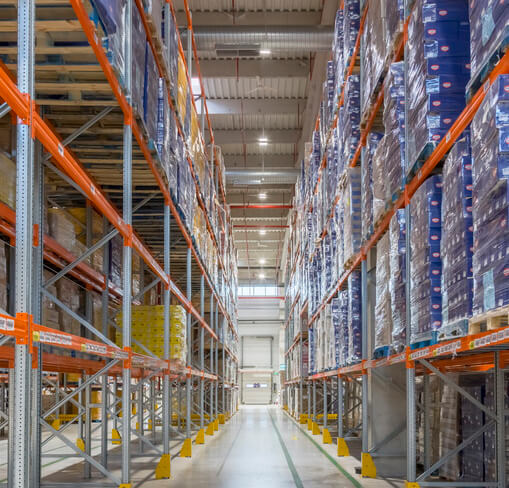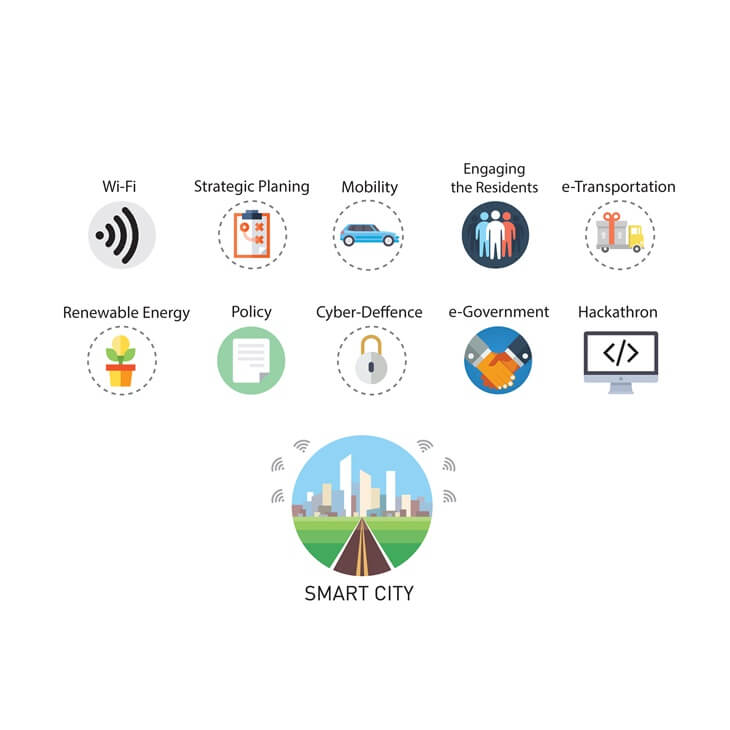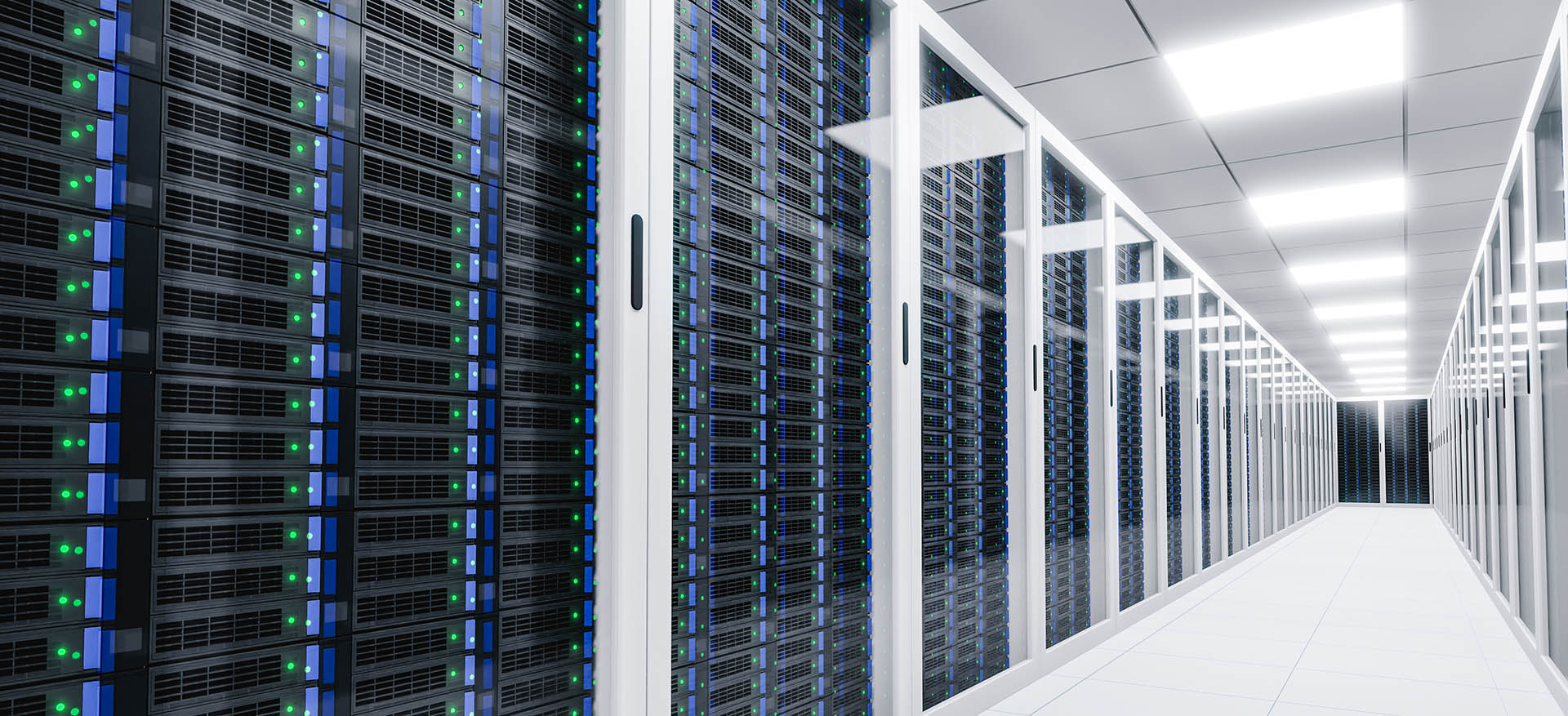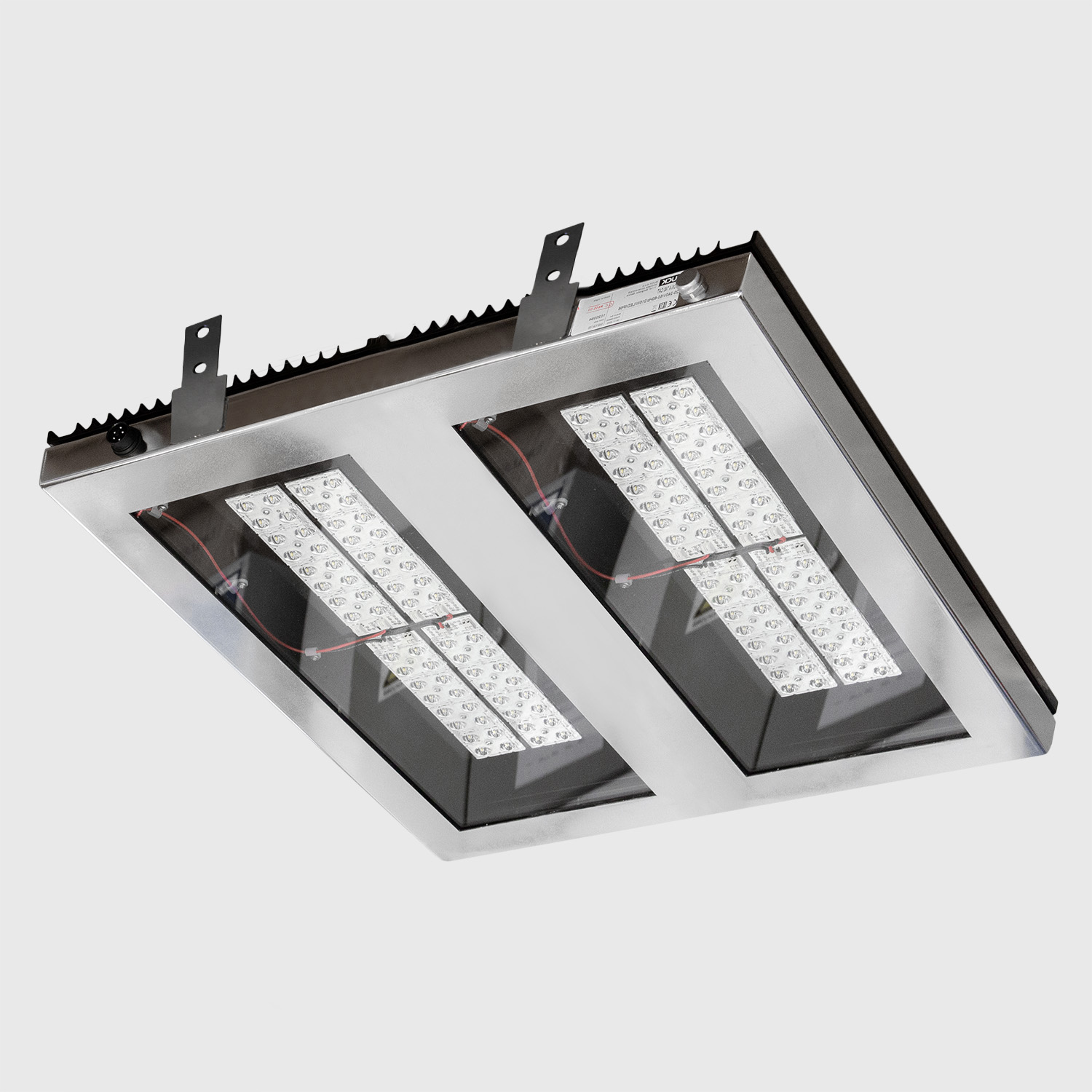Lighting represents 20% of total energy expenses of office buildings and 38% of their electrical energy expenses- this is the data by Cleantech Approach Association (CTA). According to them, an efficient lighting management system can significantly reduce the mentioned costs, and one of the means to obtain this is the use of smart LED luminaires that support the lighting control systems.
CTA indicates that the lighting control of LED luminaires is the first step towards reduction of energy consumption and money savings, although the installation of this type of luminaires means higher expenses during the installation, when compared to conventional lighting. With a long-term use of LED lighting and use of advanced technologies reducing the use of electrical energy, the initial investment does not only pay off, but in time it provides significant savings. One of the ways to pay off the initial investment is the so-called ESCO model (Energy Service Company).
Our company has recognized the significance of lighting control and all the advantage this function can have, so our clients can chose from the vast range of highly efficient BUCK LED luminaires, which, next to good lighting and control, offer other features in the functional and esthetical range.
How does a lighting control system work?

The first and key factor when considering a potential investment in lighting control solutions is a careful monitoring of expenditure of energy of the building or the space in need of lighting.
Considering the age and general technology used in buildings and public spaces, it is very likely that there are many possibilities to reduce energy consumption through some simple strategies such as:
- Maximal use of daylight;
- Enabling presence detection feature and
- Optimal distribution of luminaires.
The use of electrical energy for illuminating industrial plants, streets or other public facilities can be significantly reduced by obtaining the optimal work regime of lighting installation in any given moment. Lighting management is enabled by choosing the appropriate equipment for automatic lighting control.
The automatic lighting control can manage a group of luminaires, and some of the features that can be obtained are:
- Determining the level of lighting;
- Combination of natural and artificial lighting;
- Possibility of light flux regulation (light intensity) of the luminaire and
- Motion or presence detection of humans, vehicles etc.
Reduction of Expenses by Lighting Control

The agency Lux Research has estimated back in 2010 that the modern world builds annually around 11.3bn m2 of facilities of all types and purposes. They indicated also that the expenditure of electrical energy in the world exceeds 174 BN USD/ year globally, while they believe that this amount can be reduced to 119 BN USD/year by 2020, even with increased built surface.
Lighting control, which includes presence sensors, daylight sensors and devices reducing the light intensity or enabling remote control, can reduce energy consumption by 60%, and the estimated presence of these systems will be in around 30% of facilities by the end of 2020.
Smart lighting management solutions enable to the companies and users of LED lighting to reduce the energy expenses connected to the lighting infrastructure. With such solutions, the companies can control the work of their lighting systems more easily, and enable the necessary lighting in rooms, according to the activities held there, when needed.
The lighting control system determines when the lights need to go on/ off, or when it is necessary to dim the light. This is one of basic principles and solutions used for the concept of smart cities. This is how excessive energy consumption is eliminated, while fulfilling the needs of the employees working in this environment.
Energy Savings Save Money
LED luminaires are made of high-quality material with features enabling the savings and reduction of expenses by lighting management, most of all that of energy consumption. We have listed some of the smart systems which are supported by BUCK luminaires, used in the fields of general, public, medical, sports or industrial lighting.
#1 Daylighting –daylight aided by artificial lighting
Light control enabling the additional artificial lighting when daylight is not enough, up to the optimal lighting level. By maximal use of daylight, and reducing artificial lighting, the expenses of energy consumption are reduced. This further reduces emission of CO2 with positive influence on performances, atmosphere and wellbeing in the illuminated space.
#2 Motion Sensors in Luminaires
In the areas with changeable number of pedestrians and traffic frequency, such as squares, parking lots, residential areas, corridors in residential buildings or places with little activities, lighting can be set to ‘minimum’ most of the time. Thanks to the motion sensors, the level of illumination can be increased when pedestrian or vehicle are detected. The function ‘light per demand’ increases the safety and comfort of all users with significant energy savings and reduction of LED lighting costs.
#3 Photometric Calculations
Photometric calculations include all data acquired by measuring the photometric characteristics of luminaires, which are then converted into format applicable to project application. Based on these calculations, the exact number of luminaires necessary for obtaining the desired light level is calculated, as well as the total flux from all the sources in the room, with the possibility to create several light scenarios at the same space.
Importance of Light Management

Research conducted by CTA, agency using their own methodology to investigate all potential expenses of solutions for light control, has determined the range of possibilities of savings of expenses, and therefore calculated the periods of ROI, connected with adopting the lighting management control.
Lighting management can reduce the expenses of energy consumption for 35-55%, and it has been calculated that, only with saving of electrical energy, the return of investment for the initial investment of lighting management system, ranges from 2.7 years (implying 55% of energy savings) to 10.7 years (implying 35% of energy savings).
Considering the longevity of LED lighting which, depending on the type and purpose of the luminaire, can extend to over 100.000 work hours, it is clear that such type of lighting can last over a decade.
The company BUCK has included in the portfolio, next to lighting fixtures with latest technology in energy savings, also the services of consulting during the design phase. This includes energy efficient lighting solutions, such as photometric calculations, integration of lighting management system into Building management system, lighting management and cost/ benefit analysis. All this is performed in accordance with the LEED (Leadership in Energy and Environmental Design) standards of green building, which makes this complex investment self- paying within several years.











